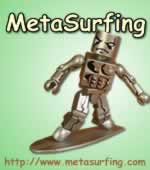
Korea-based LG has introduced its latest mobile device, the LG-GD910 wrist-phone featuring support for both 3G and HSDPA technology. The user interface is presented through a 1.43-inch color LCD touchscreen, while a video camera has been integrated into the watch face for video recording or conferencing.
The device also offers text-to-speech (TTS) capabilities, Bluetooth, MP3 playback and voice dialing with speech recognition. The company claims download speeds of up to 7.2 Mbps when using HSDPA.
The LG-GD910 is scheduled for an official debut at CES in January.
More from HitChrome






